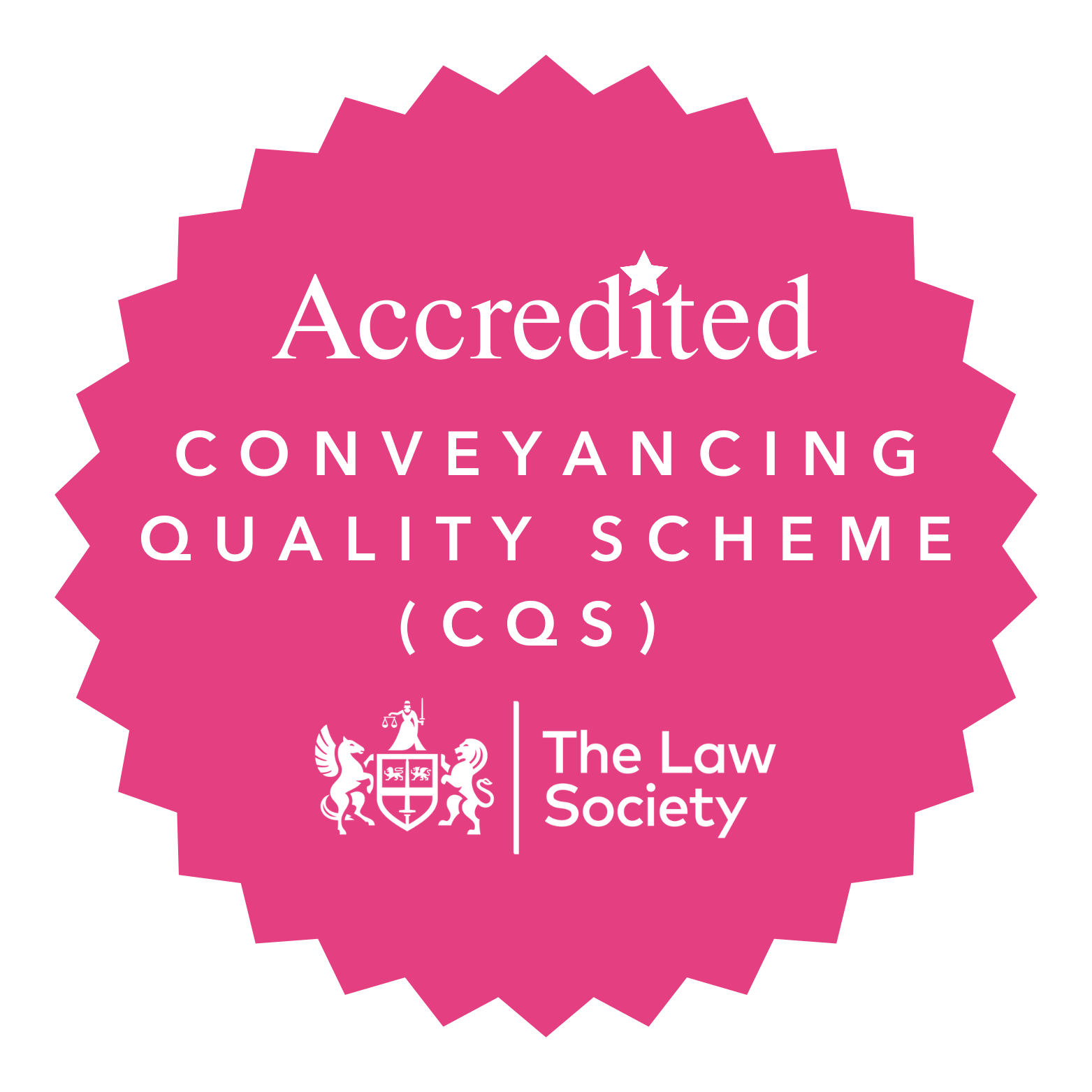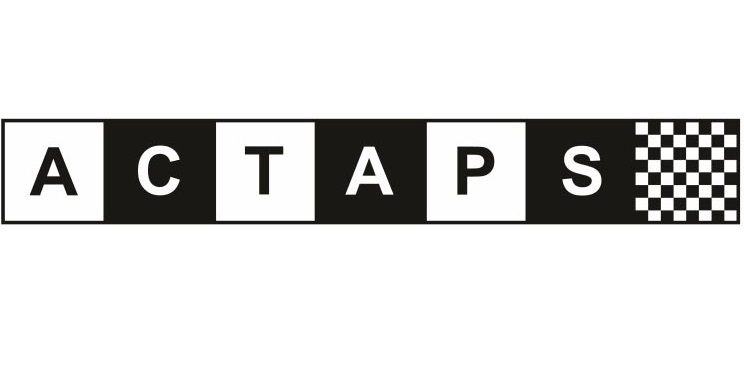Stamp Duty Land Tax (SDLT) – Opportunities and Myths
Claims management companies often contact recent property buyers suggesting that they have overpaid SDLT. They offer, for a percentage of any ‘recovery’, to help claim reimbursement from HMRC. David Osborne of local solicitors Fraser Dawbarns explains why their offers should be treated with caution.
Ideally, no one would need this service, because their lawyer would have identified any opportunities for minimising SDLT when a property was being purchased. At Fraser Dawbarns, we have a process within the residential property team to assess the SDLT position on all the property purchases undertaken for clients; this is a requirement for all Conveyancing Quality Scheme members.
However, some house buyers may not have had this level of advice, so it is worth understanding the position.
What is SDLT and why might it vary?
SDLT is a tax payable by the property buyer when the purchase completes. Different rates can apply in different circumstances.
Multiple Dwelling Relief (MDR)
MDR can be claimed where between two and six dwellings are purchased in a single transaction. The issue is whether an annexe, or other separate building, actually constitutes a separate dwelling.
The legal position on this has changed recently as a result of Tribunal decisions. In particular, since 2020, an annexe attached to the main property no longer qualifies as a separate dwelling. Even where it is detached, there are rules around the levels of privacy and security that need to be available in separate dwellings.
A 2022 case went further and decided that even an annexe above a detached garage did not qualify. This was mainly because it could not be sold separately from the main house due to planning restrictions, shared council tax and the absence of a kitchen. Broadly speaking, if an annexe cannot be occupied by people who are unconnected to those living in the main house and/or sold as a separate dwelling from the main house, then it will not qualify for MDR.
Find out more about David Osborne
Suitability for use as a dwelling
Tribunal decisions from 2020 and 2023 are the best reference points for whether a property can be deemed non-residential by virtue of not being “suitable for use as a dwelling”.
They dealt with the type of defects that would qualify something as unsuitable. In the 2020 case, problems with external cladding on a block of flats did not qualify, whereas, for example, the high probability of walls collapsing would do so.
The 2023 case concerned a flat bought for a young family. Unfortunately, before completion it was badly vandalized. The family was unable to move in for nine months. The Tribunal decided that even though the property was not ready for immediate occupation, it did not qualify for the lower rate of SDLT.
Some claims management companies suggest that the mere fact that a property is in need of renovation is sufficient to render it non-residential for SDLT assessment. This is out of step with recent case law and is not the only misleading information on their websites. Some also imply that there is a four-year claim window, which is often not the case.
The solicitors at Fraser Dawbarns LLP can provide you with a proper SDLT assessment if you need one. Please contact David Osborne on 01553 666610 for more information.
This article aims to supply general information, but it is not intended to constitute advice. Every effort is made to ensure that the law referred to is correct at the date of publication and to avoid any statement which may mislead. However, no duty of care is assumed to any person and no liability is accepted for any omission or inaccuracy. Always seek advice specific to your own circumstances. Fraser Dawbarns LLP are always happy to provide such advice.
Related Articles
Recommended By The Legal 500 Directory*
*We are recommended for the following practice areas: Corporate and Commercial, Debt Recovery, Employment, Personal Injury: Claimant, Agriculture and Estates, Contentious Trusts and Probate, Family, Personal Tax, Trusts and Probate & Commercial Property.
ServicesContact
















